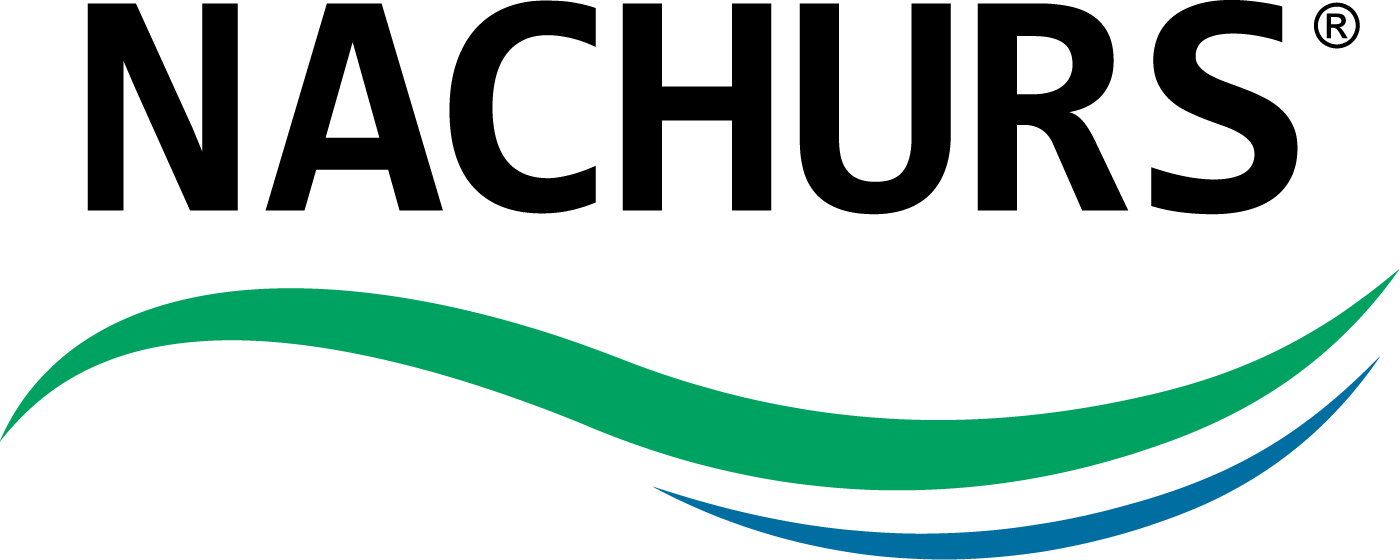The 2016 Crop Year
Uncertain weather patterns and difficult marketing conditions are making it tough for farmers to remain profitable with wheat production during the 2016 crop year. In order to maintain profitability producers are taking a hard look at inputs. They realize that yield is a critical factor for maintaining profitability; therefore all inputs must provide real value. Over the past several years, NACHURS has conducted many fertility trials for investigating ways to improve wheat yields and profitability. We were especially interested in providing value by increasing yield and quality without causing extra trips across the field. What we have discovered is that the best way to ensure good yield is to stack high efficiency fertilizer applications (i.e. in-furrow and foliar) in combination with adequate soil fertility. It is well known and accepted that application of an in-furrow, high phosphorus fertilizer increases tillering and yield potential. Even though planting time for winter wheat has passed, there is still opportunity to use high efficiency fertilization to help the crop flourish. Applications of both NPK and micronutrients have demonstrated the potential to help overcome in-season stress and increase yield and quality. Our research indicates that the premier opportunities to increase profitability with foliar fertilization is coming soon. 2014-15 crop year trials with Texas A&M yielded extremely well: 10 bushel increase with 2 gallons of NACHURS Triple Option applied foliar late in the fall/early winter; 14 bushel increase with the same application applied at first hollow stem; 7 bushels from just 1 qt of NACHURS Finish Line at first hollow stem; 8 bushels from a 2 gallon application of NACHURS Triple Option at heading Additionally, two trials (Georgia and Texas) demonstrated big benefits (12-15 bushels) from foliar applications of Rhyzo-Link 0-0-15. The data shows the benefit of each foliar fertilization application separately, but “stacking” these applications would likely provide even more benefit. In the trial, the treatment with an in-furrow application, plus a foliar application at first hollow stem, plus an application at heading, topped the plot with 27 bushel more than the grower standard. One particular treatment that should be “stacked”, is adding NACHURS Finish Line to any application of crop protection material or fertility treatment going over the field. NACHURS Finish Line is very affordable and has huge potential for profit. This cropping year, wheat will undoubtedly endure many stresses, such as excessive rainfall, low water application, both hot and cool temperatures and other environmental stresses. Providing adequate fertility is the best way to keep your crop from suffering. -Wayne Becker, Southern US Sales Agronomist
Uncertain weather patterns and difficult marketing conditions are making it tough for farmers to remain profitable with wheat production during the 2016 crop year. In order to maintain profitability producers are taking a hard look at inputs. They realize that yield is a critical factor for maintaining profitability; therefore all inputs must provide real value. Over the past several years, NACHURS has conducted many fertility trials for investigating ways to improve wheat yields and profitability. We were especially interested in providing value by increasing yield and quality without causing extra trips across the field. What we have discovered is that the best way to ensure good yield is to stack high efficiency fertilizer applications (i.e. in-furrow and foliar) in combination with adequate soil fertility.
It is well known and accepted that application of an in-furrow, high phosphorus fertilizer increases tillering and yield potential. Even though planting time for winter wheat has passed, there is still opportunity to use high efficiency fertilization to help the crop flourish. Applications of both NPK and micronutrients have demonstrated the potential to help overcome in-season stress and increase yield and quality. Our research indicates that the premier opportunities to increase profitability with foliar fertilization is coming soon. 2014-15 crop year trials with Texas A&M yielded extremely well:
- 10 bushel increase with 2 gallons of NACHURS Triple Option applied foliar late in the fall/early winter;
- 14 bushel increase with the same application applied at first hollow stem;
- 7 bushels from just 1 qt of NACHURS Finish Line at first hollow stem;
- 8 bushels from a 2 gallon application of NACHURS Triple Option at heading
Additionally, two trials (Georgia and Texas) demonstrated big benefits (12-15 bushels) from foliar applications of Rhyzo-Link 0-0-15
.
The data shows the benefit of each foliar fertilization application separately, but “stacking” these applications would likely provide even more benefit. In the trial, the treatment with an in-furrow application, plus a foliar application at first hollow stem, plus an application at heading, topped the plot with 27 bushel more than the grower standard. One particular treatment that should be “stacked”, is adding NACHURS Finish Line to any application of crop protection material or fertility treatment going over the field. NACHURS Finish Line is very affordable and has huge potential for profit.
This cropping year, wheat will undoubtedly endure many stresses, such as excessive rainfall, low water application, both hot and cool temperatures and other environmental stresses. Providing adequate fertility is the best way to keep your crop from suffering.
-Wayne Becker, Southern US Sales Agronomist












